ENTWINED
August 30 - October 05, 2023
Sundaram Tagore Gallery in tandem with sepiaEYE present Entwined, curated by Esa Epstein. Featuring the work of Serena Chopra, Pamela Singh, Qiana Mestrich, and Gayatri Ganju, the exhibition runs at Sundaram Tagore Gallery in London, from August 30th to October 6th, 2023.
Each artist explores the intersections between nature, philosophy, spirituality, and the natural sciences. Defying distinctions between the internal and external, material and non-material, living or dead, their photographs reveal the artists’ fascination with nature, humankind’s interaction with the earth, and the impact of one on the other.
From Ganju’s dream imagery to the reflection in community in Singh’s, the photographers take on, in artist Carolina Caycedo terms, “the feminine and feminist labor of care at the center of environmentalism.” Instead of viewing the landscape through a window that separates, the artists engage in spiritual fieldwork to enter their landscapes.
In Chopra and Mestrich’s images, for example, inanimate objects appear alive, an inflection that expresses the abundance of the earth, and the mysteries of nature that endure even during times of rapid industrialization and uncertainty.

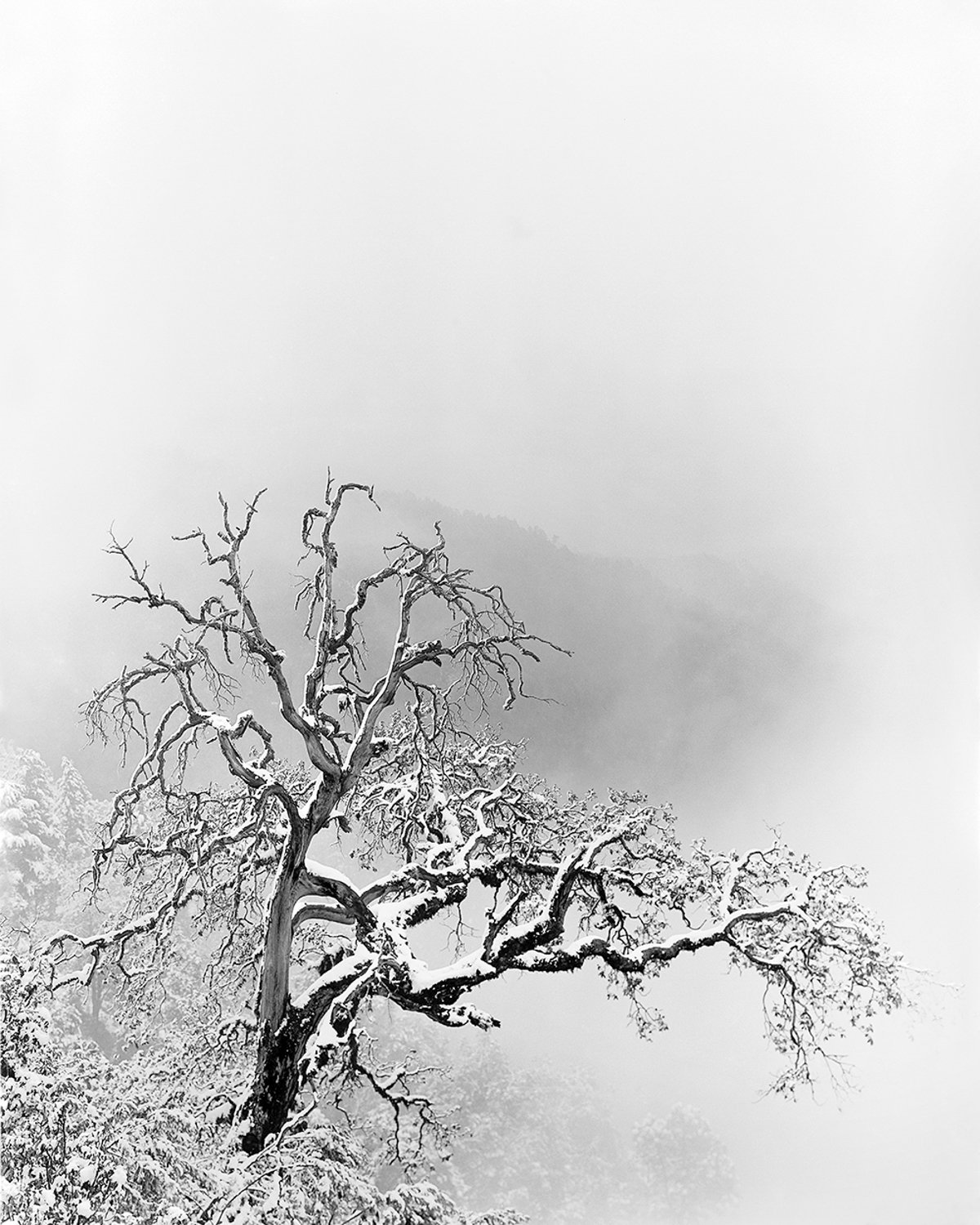
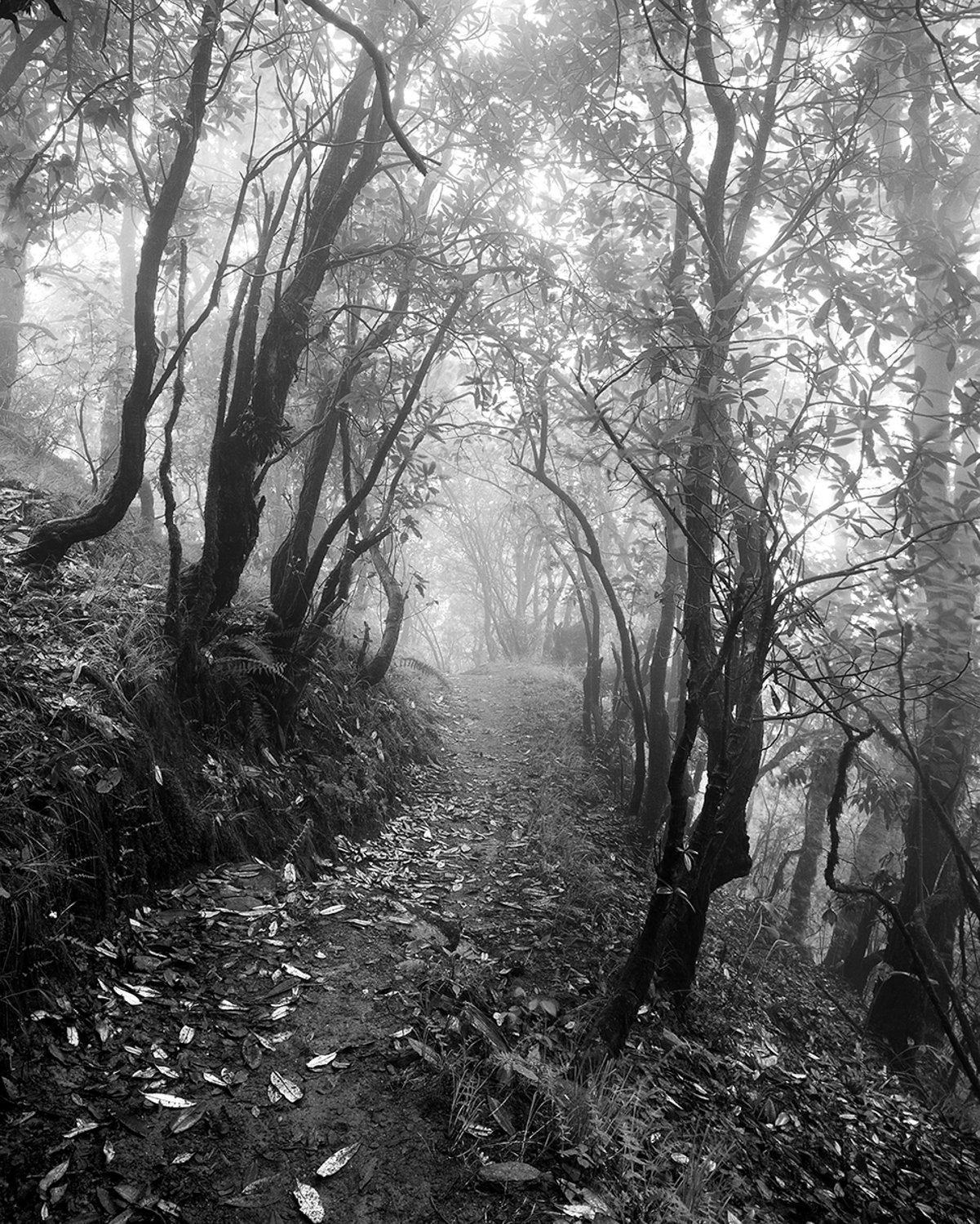

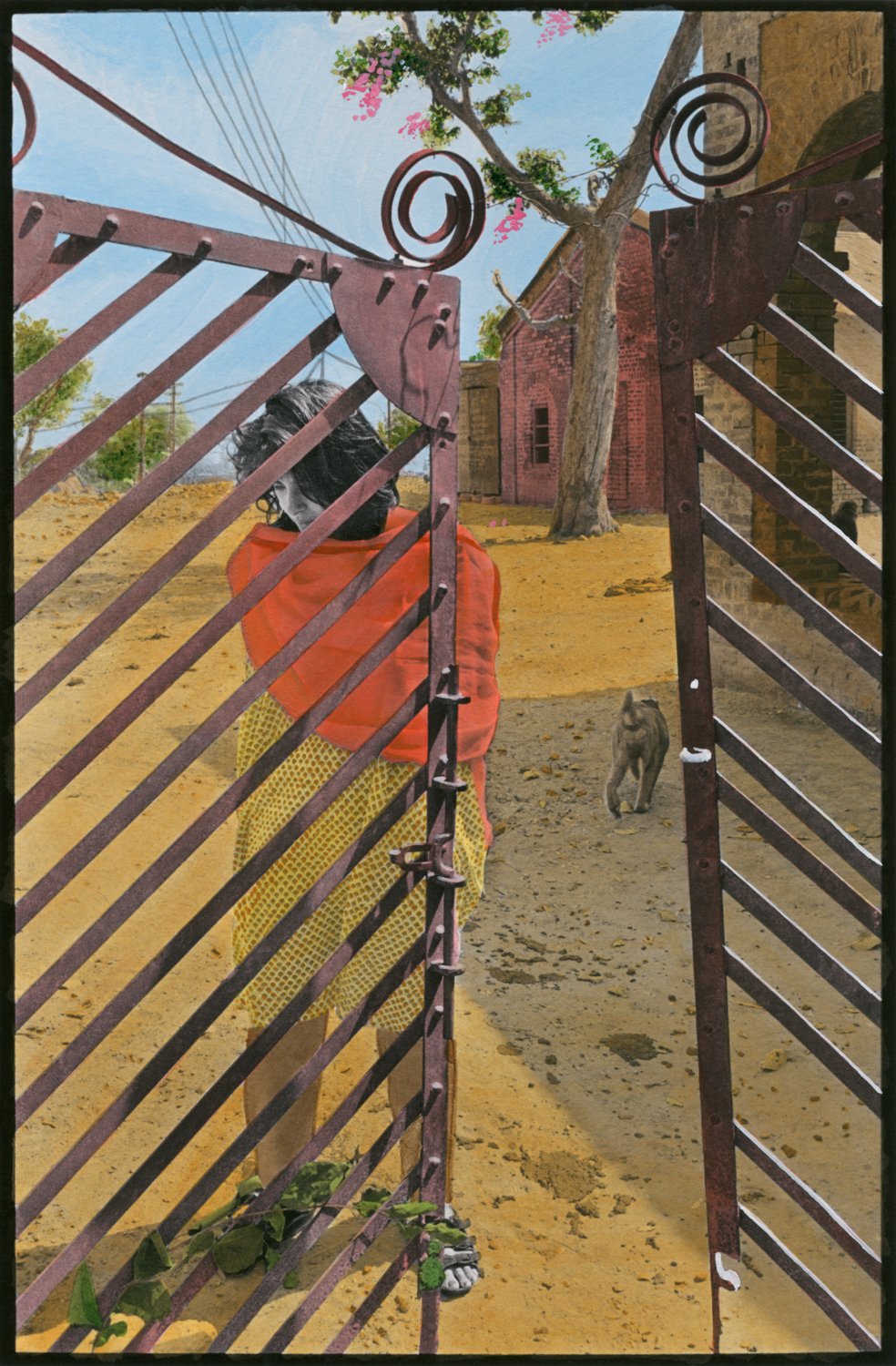

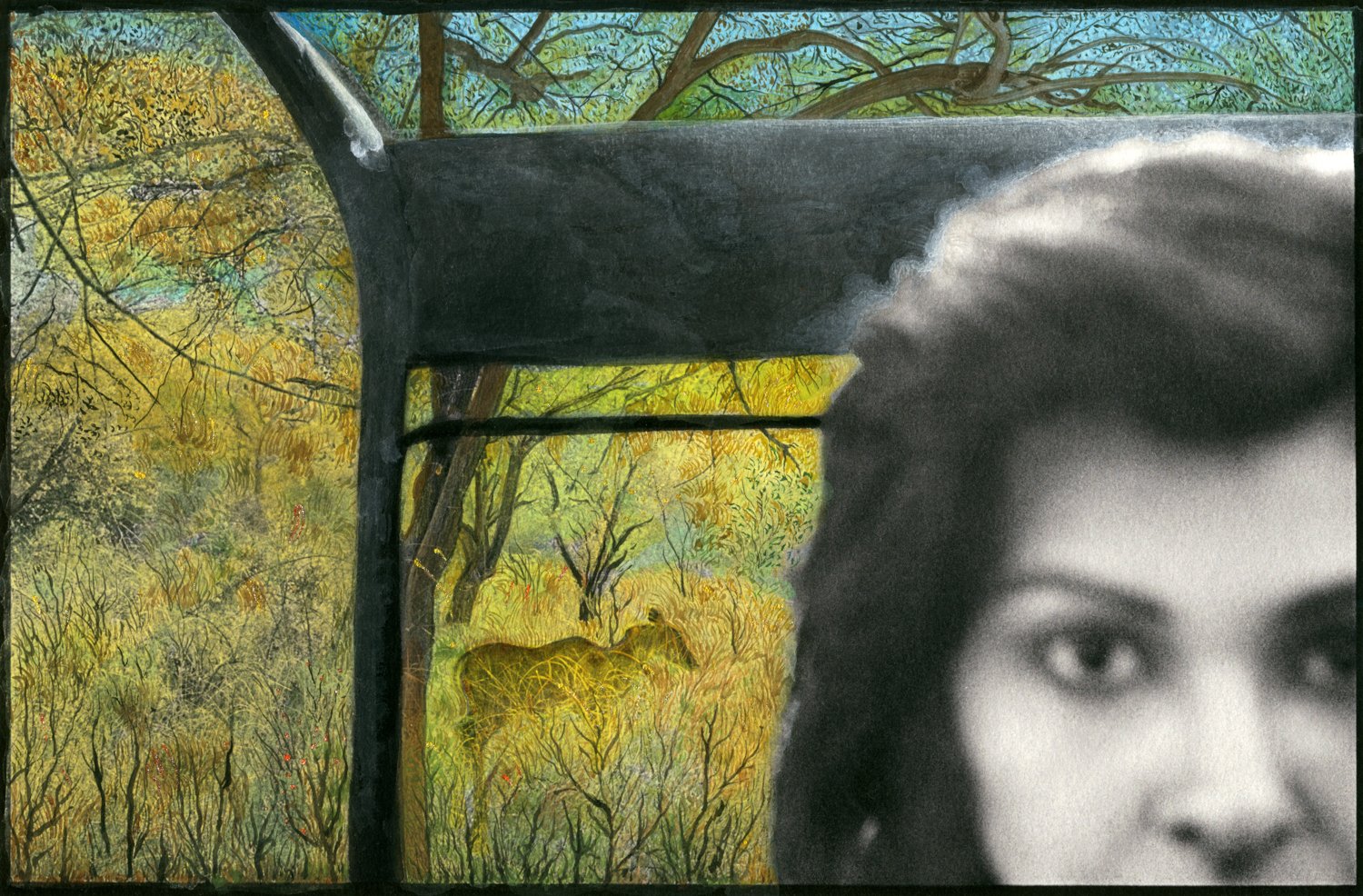
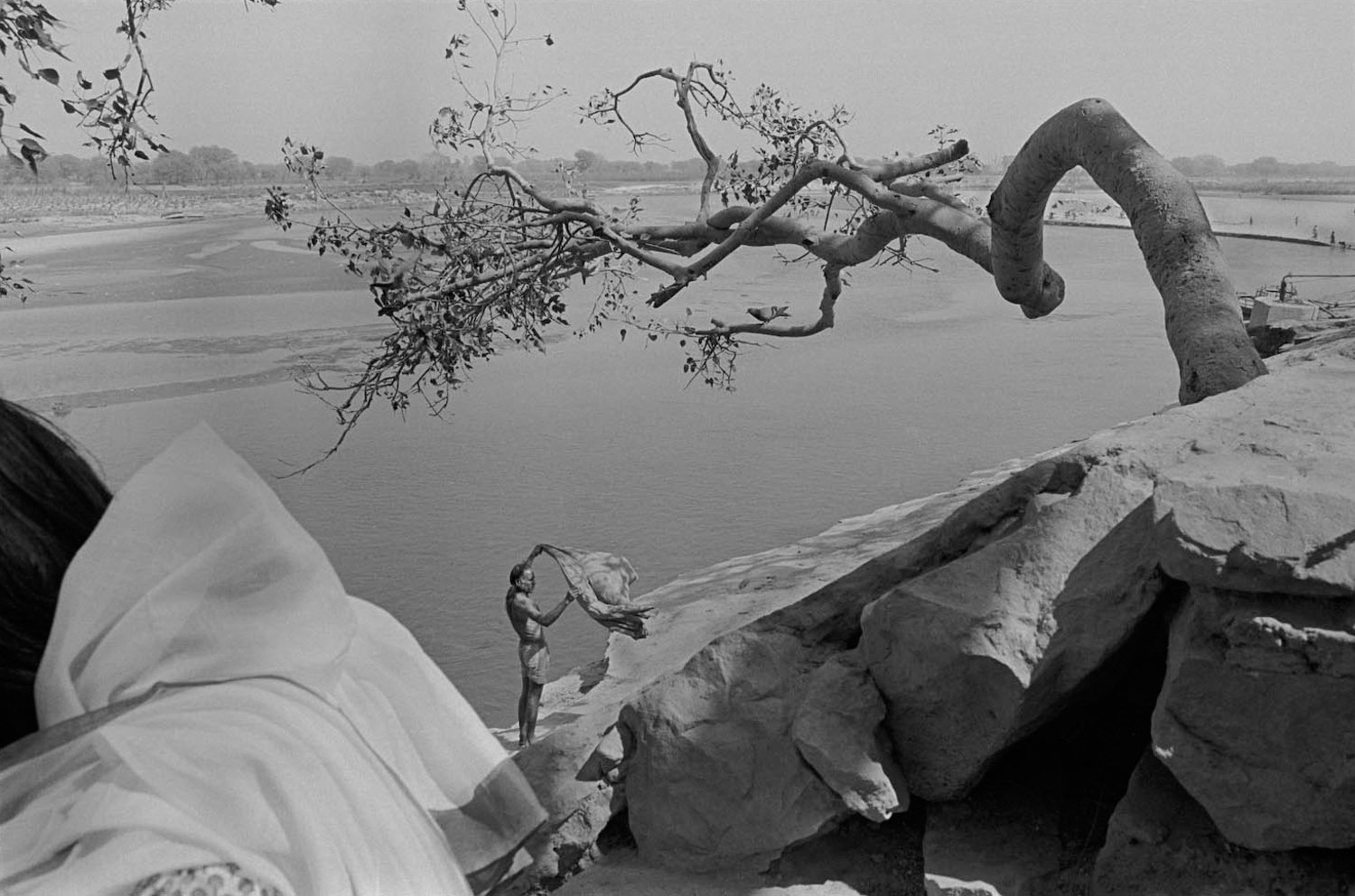
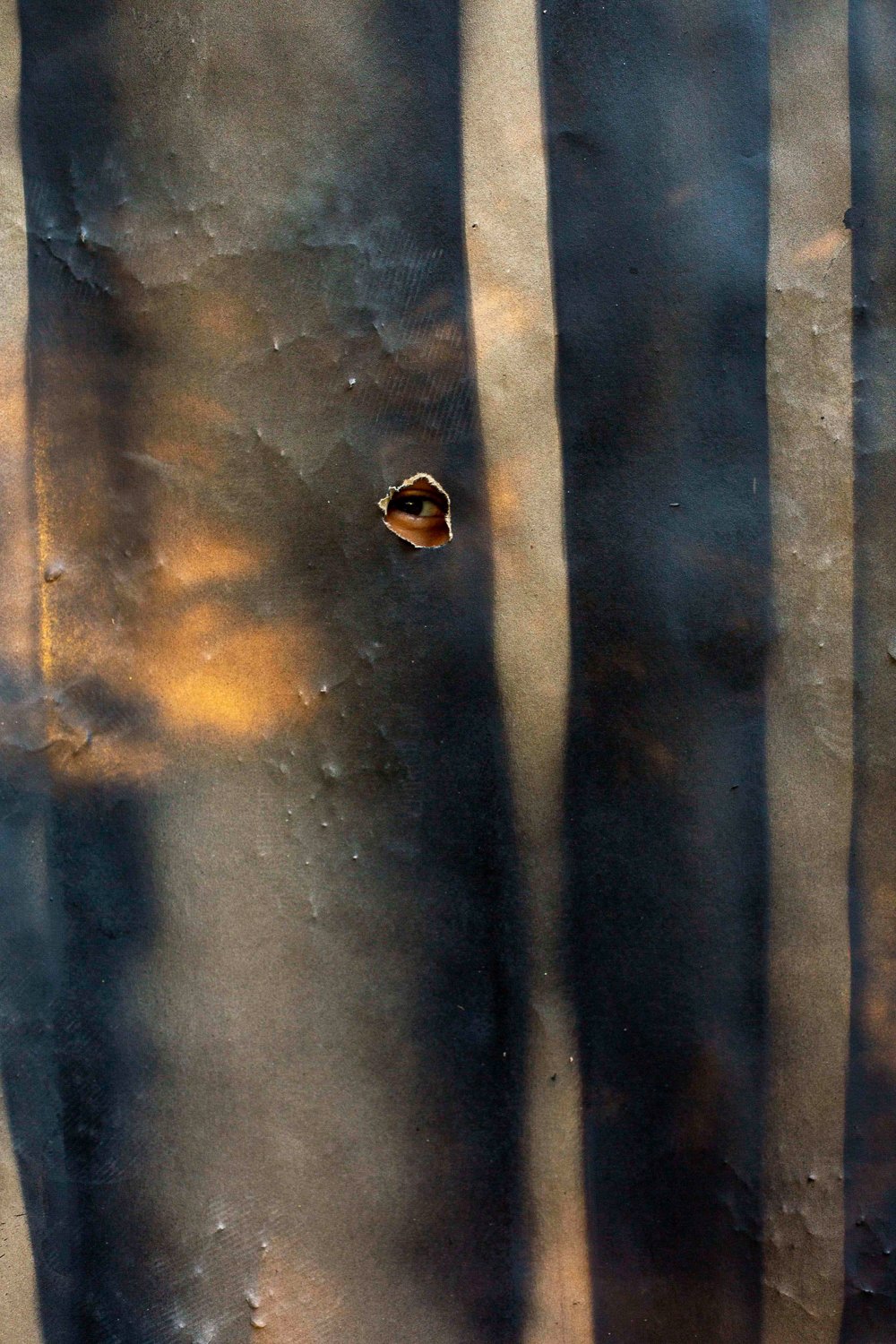
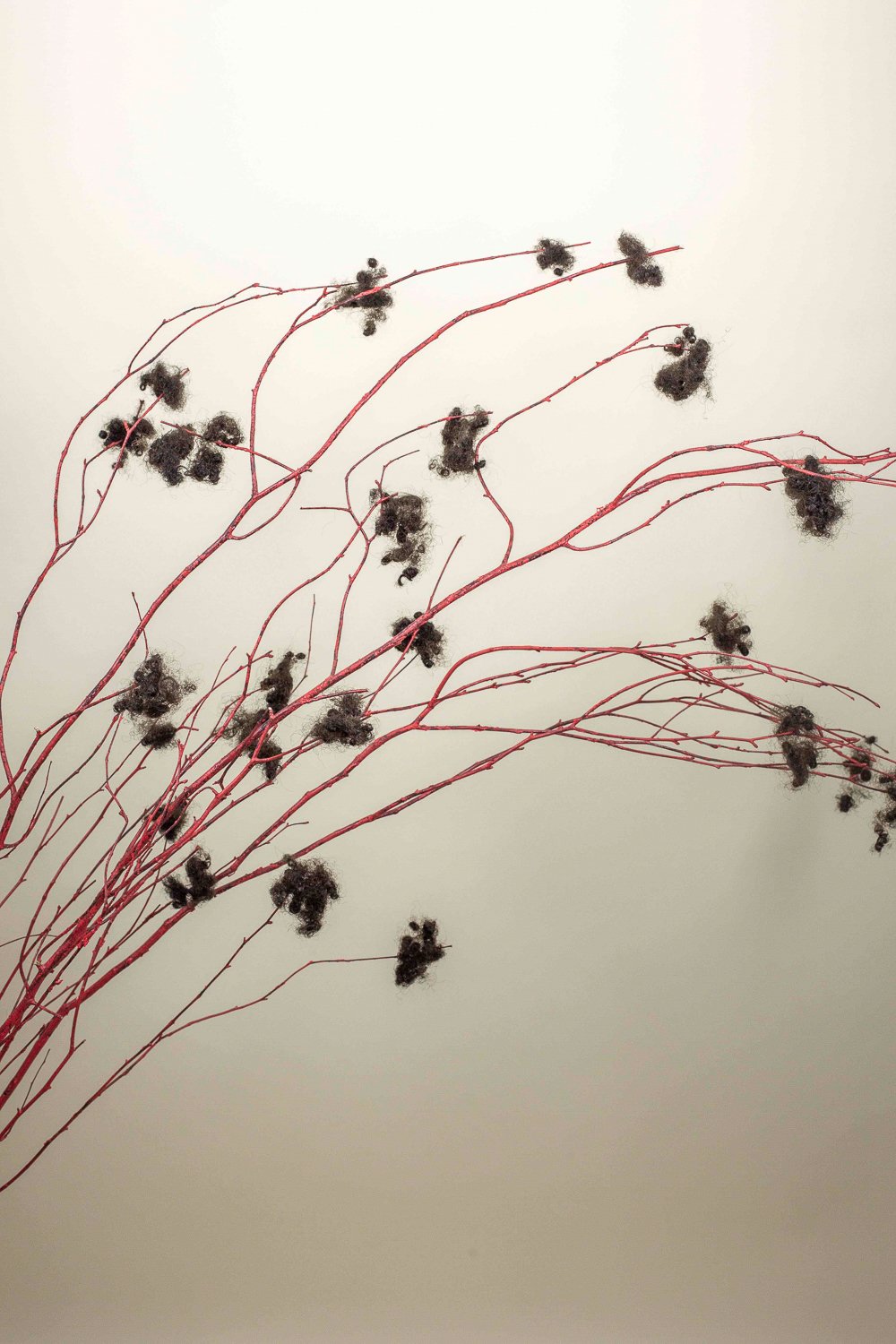
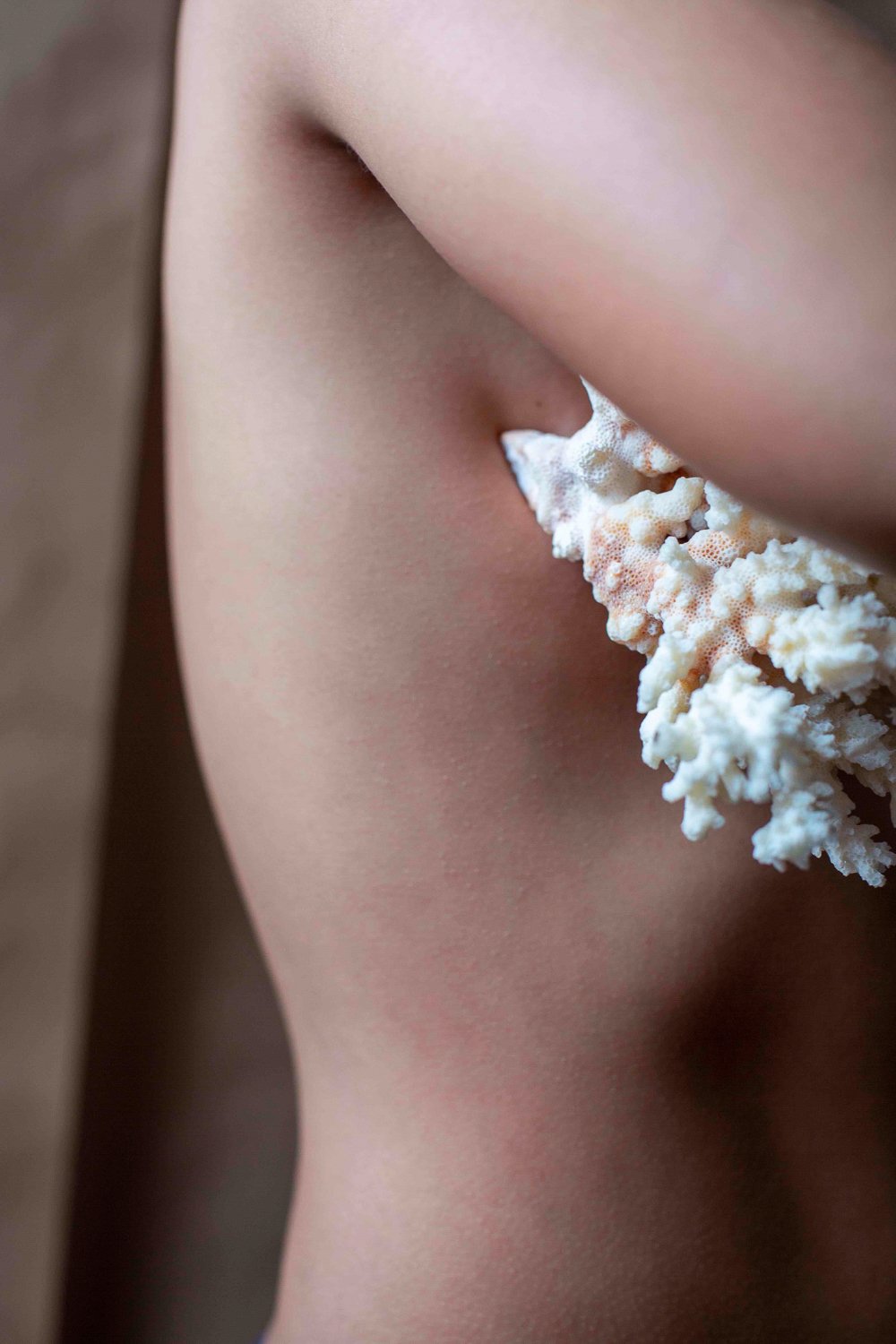
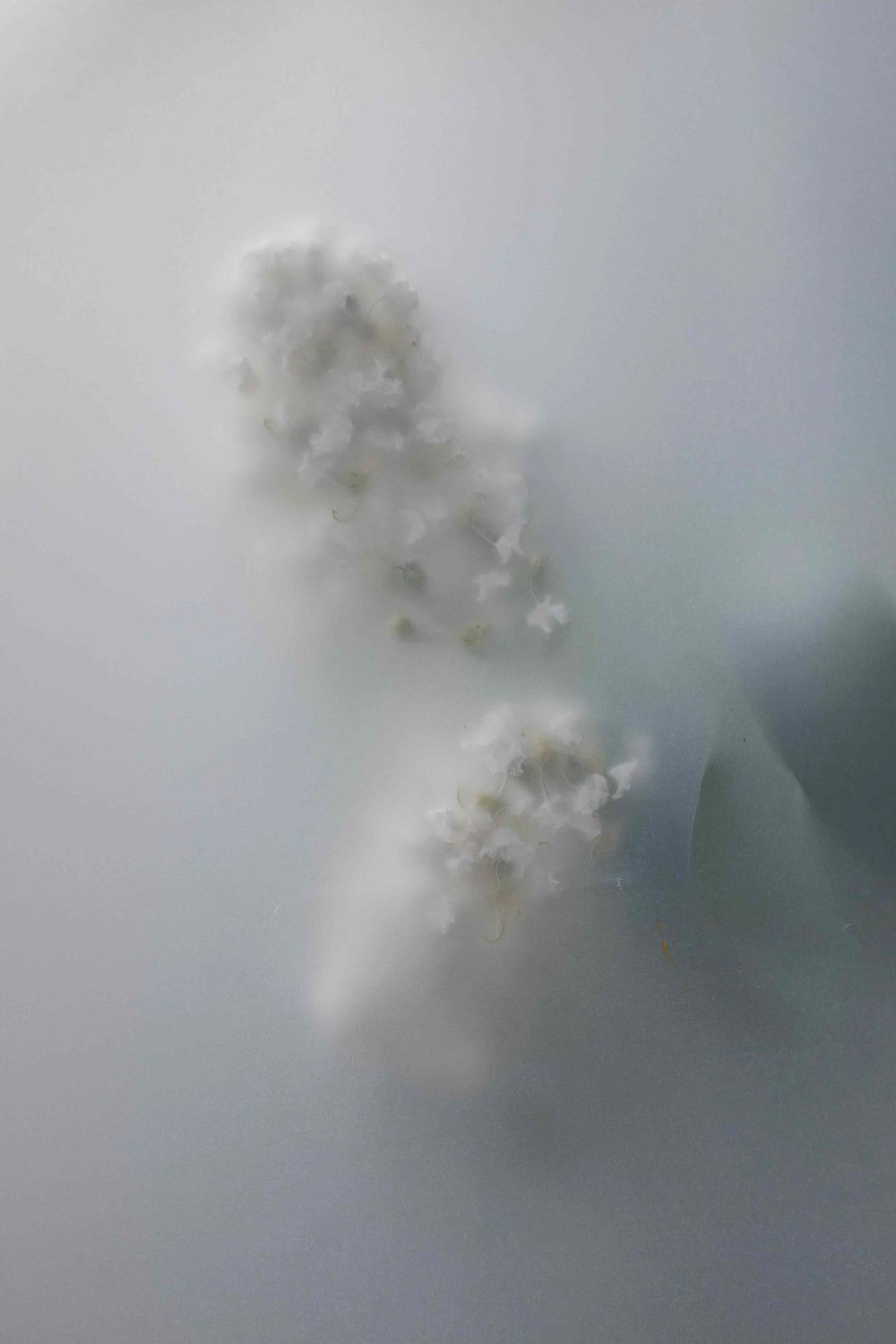

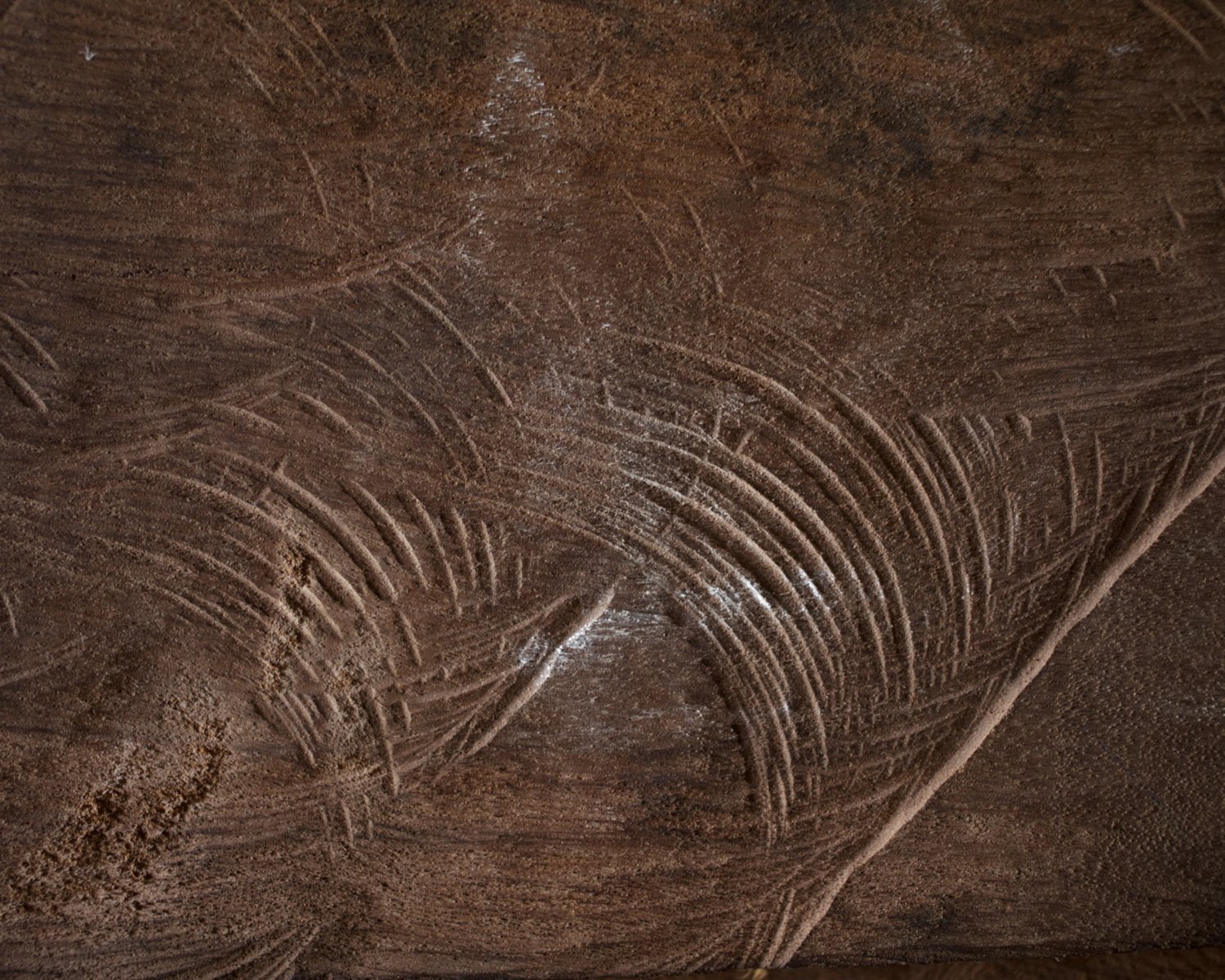
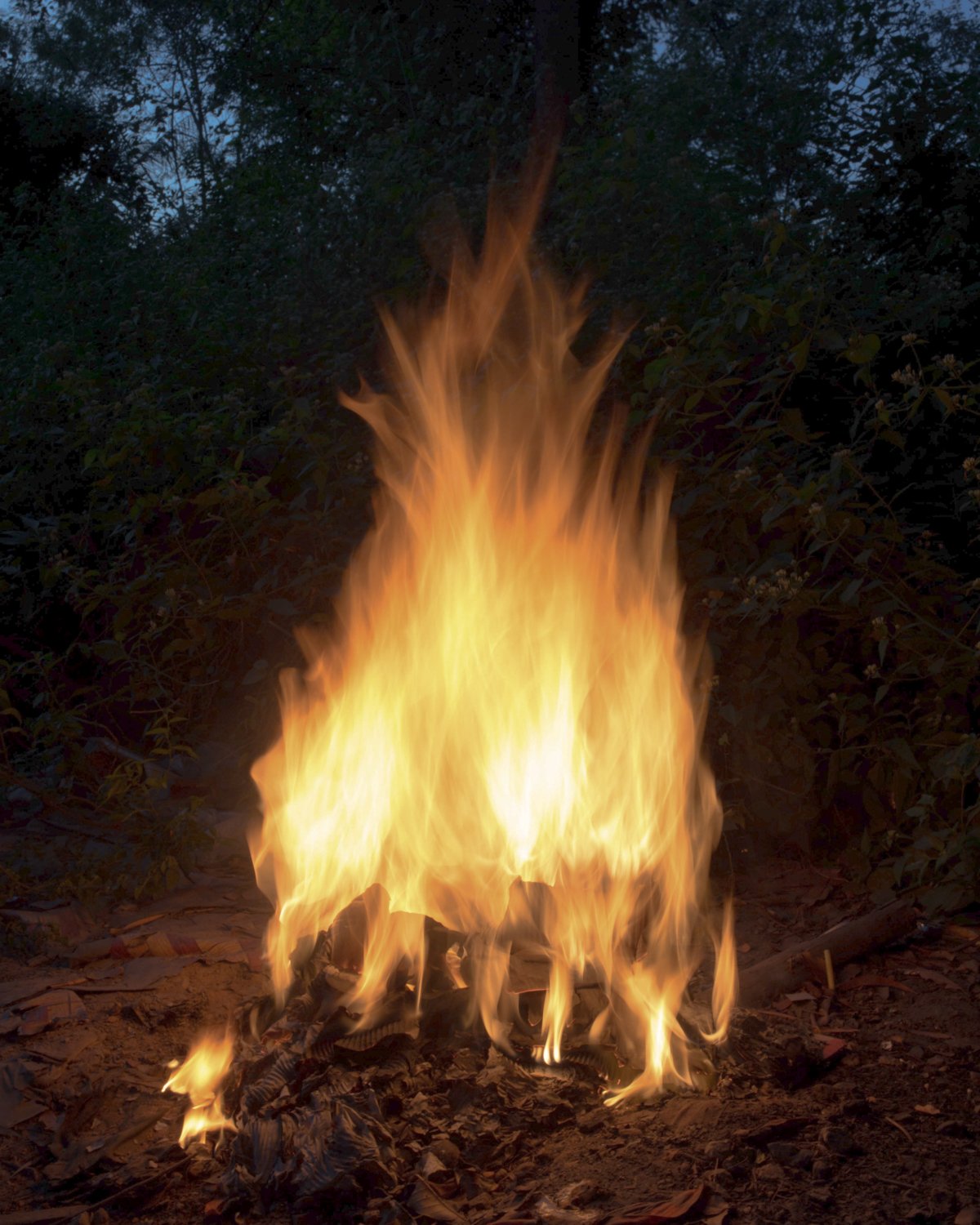
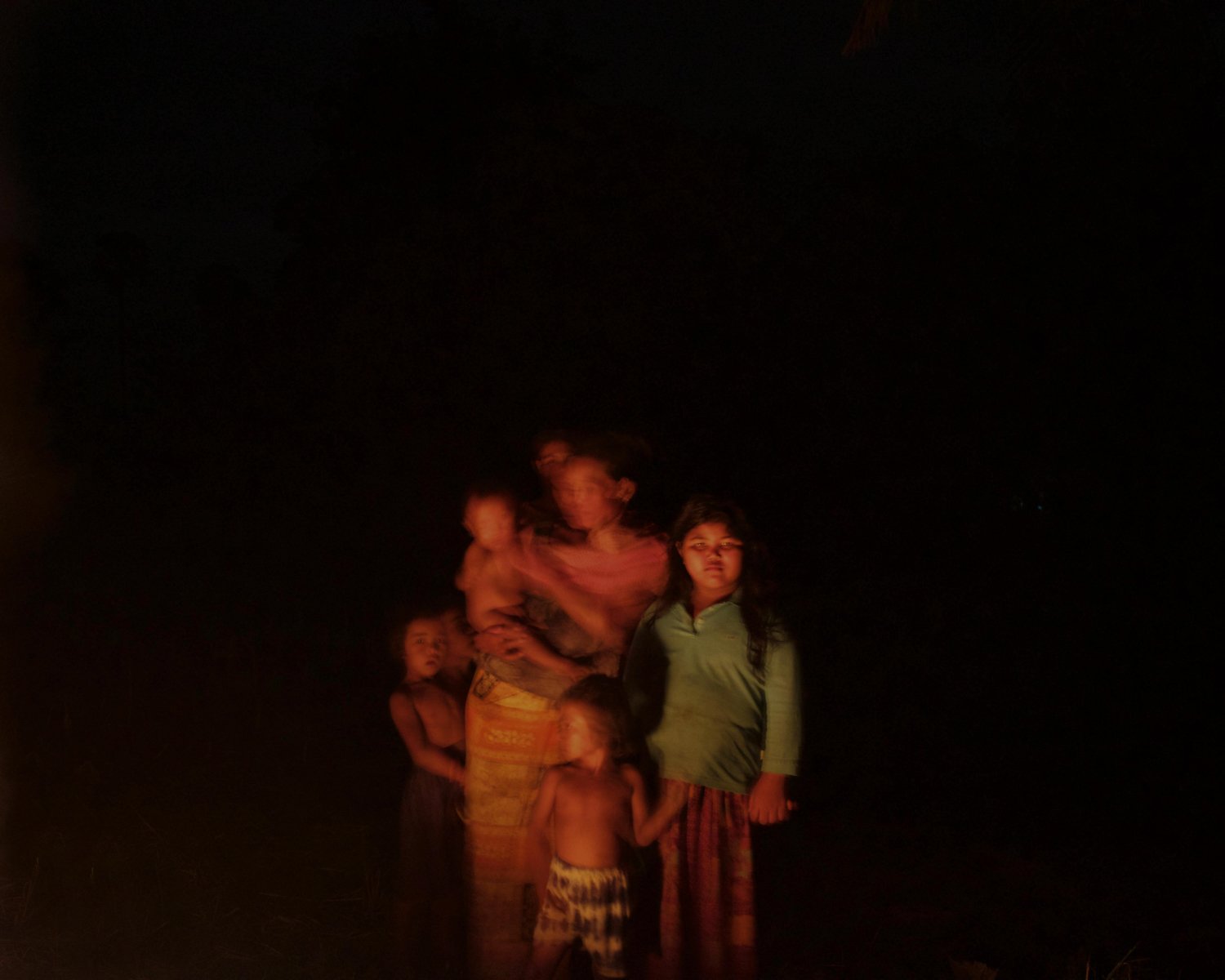
Serena Chopra
Chopra’s latest series Shinrin veers away from portraits of communities toward an in-depth study of trees and forest life in Binsar, a sanctuary on top of a mountain in the lower Himalayas.
Between 2017 and 2020, Chopra photographed the forest landscape, known for its wildlife and exceptional views of the Himalayas. At an elevation of 2420m, the forests provided a space for her to wander and record the “subjects” of her intent. The forest appears as a community, its various trees as the main characters. Through her wanderings within each season, Chopra captured the eternal aspect of the old growth forests and their inherent resilience that thrives within the transience of events in nature. Transforming the woods into a mystical realm, her photographs of the individual trees, wildlife, and growth reflect an inner landscape through the forest.
Titled Shinrin, the series references the Japanese practice of shinrin- yoku or forest-bathing. Shinrin-yoku encourages making contact with and taking in the atmosphere of the forest to reap the proven physiological and psychological benefits of connecting with nature
Pamela Singh
Singh’s Treasure Maps and Chipko Tree Huggers of the Himalayas series span a period of 30 years. Her photographs form an extended, entrancing journal tantamount to a waking dream, a search for affirmation of self within our perceived yet speculative world. From her beginnings in documentary photography at ICP in New York, her work traces her lifelong quest for spirituality.
Singh’s Treasure Maps combine self-portraiture with reflective contemplation and ethereal transformation. In the mid-90s, Singh affixed a rear-view mirror to her camera so that she could capture herself and her surroundings within the frame. In this “pre-selfie” world, she spent her days wandering through the mazes of Indian cities, inserting herself within the daily life of the townspeople. Between 2014-15, Singh began introducing subtle layers of paint and a muted palette to the photographs. Utilizing the traditional techniques used by local miniature painters to sprout magical enhancements and sacred iconography, Singh transforms the images from photographs to bejeweled narratives of an enchanted world.
In her Chipko Tree Huggers of the Himalayas series,Singh recorded the unique nonviolent demonstration of tree hugging to protect a Himalayan forest from being felled. Chipko, the Hindi word for hug or embrace, was an ecofeminist forest conservation movement (1973-2004) in which rural villagers, particularly women, successfully protested government-backed deforestation by embracing the trees slated for felling when faced with the loggers. As the only photographer granted full access to the community in 1994, Singh’s images have become iconic in coverage and meaning, standing for the community’s spiritual protection of the forest and their environmental objectives.
Qiana Mestrich
In Thrall, Mestrich externalizes her thoughts around recent political, social, and cultural discussions on white supremacy and Black consciousness by integrating the outdoor studio, staged portraiture, still life, and family photography.
Some images in the series allude to whiteness as a blanketing, nearly invisible pressure. Obscured by light, the viewer peers into images that explore the compassionate, protective role as Mother or Creator. Once the mist has cleared, Mestrich refuses the standard visual representations of mother and child – she does not appear in the photographs, nor does she record the events of her home life. Collaborating with her children, she allows them to dance, in nature, and be unruly, curious, and awed. The images mirror her awareness of the world as a Buddhist.
Furthering this exploration of the outdoors, Mestrich incorporates weed plants as ornamentation in the series, challenging their subjective classification as “invasive” or not worthy of admiration. “How has nature itself been regulated through the cultivation of plants for the production of capitalism, namely the colonial realms of the plantation and traditional horticulture (or the garden),” states Mestrich.
Photographic elements including shadow and inverted silhouettes feature as additional characters in her visual narrative. Branches and leaves used to hide faces in one image reappear as ghost silhouettes in others. Arms and eyes break through or peek through the brown paper and white scrims. The use of these elements as simultaneous metaphors for canvas or shield, in tandem with an array of dried and collected chicken wishbones, lead the viewer to make connections between the ideas of “traditional” portraiture and of hope and wishes in an uncertain future.
Gayatri Ganju
In The Girl Who Cried Wolf, Ganju explores the ways in which mythologies and legends influence contemporary Cambodian thinking about environmental change. Cambodia, one of the most deforested countries in the world, has lost close to 20% of its forest cover between 1995 and 2005 under its government’s controversial Economic Land Concessions scheme. With large tracts of land increasingly allocated to national and foreign corporations, the country’s ecological and spiritual foundations are in crisis.
For this series, Ganju collaborated with Sai Sou, an eleven year old Cambodian girl living in the village of Kro-per. Sou shared with Ganju the local legend of a spirit wolf that lived in and protected the forest that used to surround her village. As the forest was replaced by timber plantations and rice fields, all the villagers, except Sou, believed that the spirit wolf disappeared. Ganju weaves the story in and out of Sou’s waking search for and recurring nightmares of the wolf, blurring the differentiation between these two realms. The series looks at the spiritual connection between people and their land through the stories they hold.
With the current state of environmental exploitation, this connection is eroding fast; however, there are still some, like the young Sai Sou, who continue to hope.
ENTWINED
Exhibition Dates: August 30 - October 05, 2023
Opening Reception: September 06, 2023
Event: Entwined | Nature & Spirituality explored through Photography - Esa Epstein & Serena Chopra: September 21, 2023
RSVP (Link)
Serena Chopra | Pamela Singh | Qiana Mestrich | Gayatri Ganju
Sundaram Tagore Gallery
Gallery 8, 4 Cromwell Place
South Kensington
London SW7 2JE
United Kingdom

